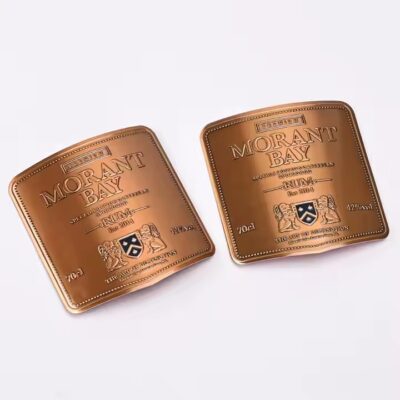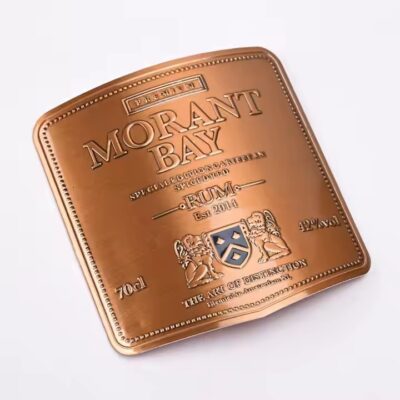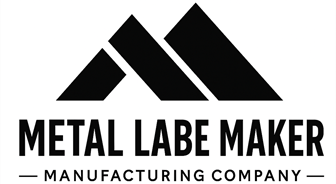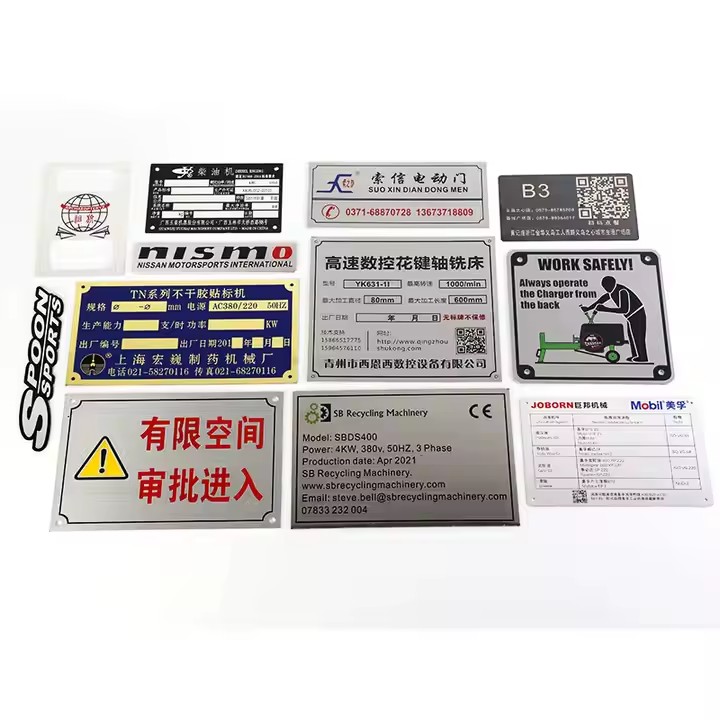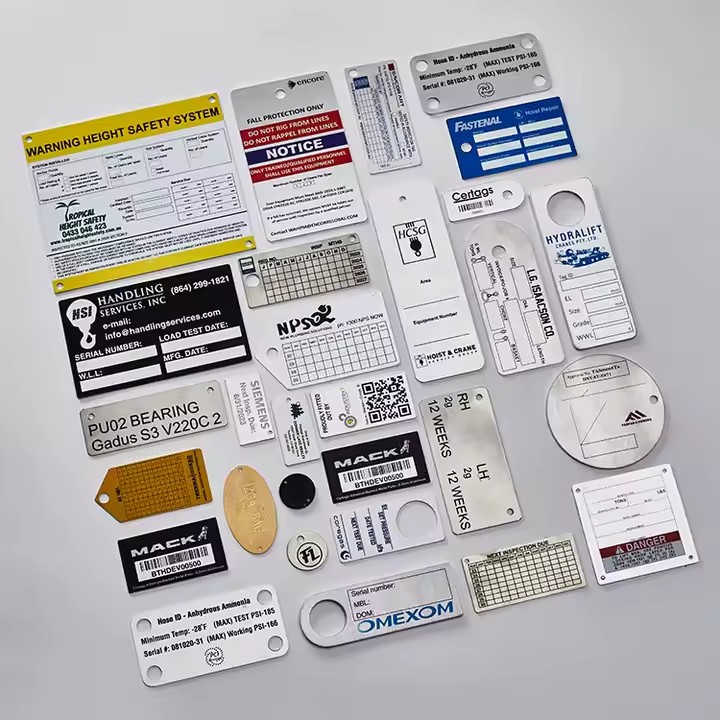Differences Between Metal Adhesive Labels and Traditional Metal Labels
In the world of industrial labeling, metal labels are prized for their durability and professional appearance. Among them, two main types are commonly used: metal adhesive labels and traditional metal labels. Understanding the differences between these two types helps businesses choose the right labeling solution for their specific needs.
What Are Metal Adhesive Labels?
Metal adhesive labels consist of thin metal sheets bonded with a strong self-adhesive backing. They can be easily applied to a variety of surfaces without additional hardware. This adhesive layer allows for quick installation and firm attachment.
What Are Traditional Metal Labels?
Traditional metal labels are rigid tags typically made from thicker metal plates. These labels are usually attached using mechanical fasteners such as screws, rivets, or wires. They are often used in environments where permanent, tamper-resistant identification is required.
Key Differences Between Metal Adhesive Labels and Traditional Metal Labels
| Feature | Metal Adhesive Labels | Traditional Metal Labels |
|---|---|---|
| Attachment Method | Self-adhesive backing for easy application | Mechanical fasteners like screws or rivets |
| Thickness | Thin and flexible | Thicker and rigid |
| Installation Time | Quick and simple | Requires tools and longer installation time |
| Surface Compatibility | Adheres to smooth and slightly curved surfaces | Best for flat or designed mounting points |
| Durability | Highly durable, but adhesive may degrade in extreme conditions | Extremely durable and tamper-resistant |
| Reusability | Typically permanent but can be removed with effort | Often permanent and difficult to remove |
| Cost | Generally more cost-effective | Higher cost due to materials and installation |
| Customization | Supports detailed printing, engraving, and various shapes | Can be customized but often bulkier |
| Applications | Asset tagging, product labeling, branding | Industrial machinery, safety tags, permanent ID |
Advantages of Metal Adhesive Labels
-
Ease of Application: Self-adhesive backing allows for quick, tool-free installation.
-
Flexibility: Thin and conformable, suitable for irregular or curved surfaces.
-
Cost-Effective: Lower installation and material costs.
-
Versatile Design Options: Easily customized with printing, laser etching, and embossing.
Advantages of Traditional Metal Labels
-
Extreme Durability: Ideal for harsh environments requiring permanent, tamper-proof tags.
-
High Security: Less prone to accidental removal or tampering.
-
Suitable for Heavy-Duty Use: Often used on industrial equipment and machinery.
Conclusion
Both metal adhesive labels and traditional metal labels serve important roles in industrial identification. The choice depends on factors such as application environment, required durability, installation preferences, and budget. Metal adhesive labels offer ease of use and versatility, while traditional metal labels provide unmatched durability and security for the toughest conditions.
